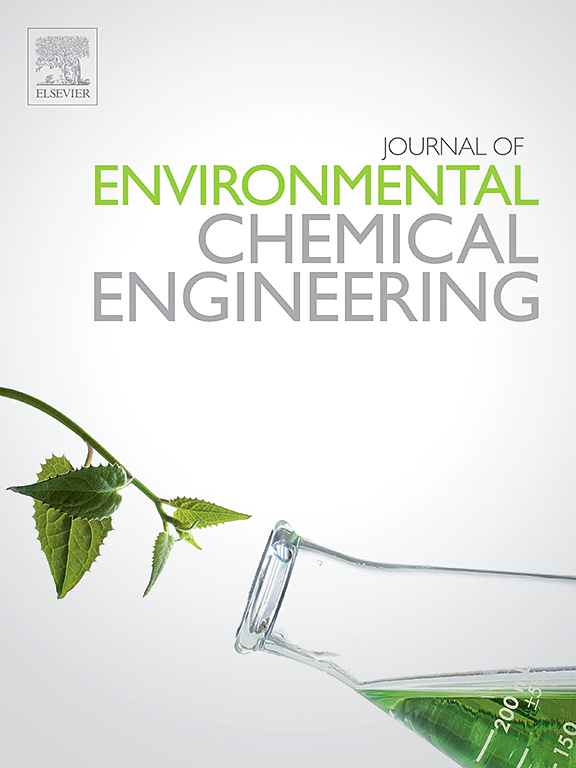Dual-functional materials (catalysts and adsorbents) as innovative and sustainable pathways toward combined healthcare (antibacterial, antifungal, antiviral, antioxidant, and anticancer properties) and water pollution remediation
IF 7.2
2区 工程技术
Q1 ENGINEERING, CHEMICAL
引用次数: 0
Abstract
Cancer remains a significant global health concern despite recent advancements in medicine and pharmaceuticals. Also, water contamination caused by various microorganisms, including bacteria and industrial dyes, significantly contributes to cancer prevalence and microbial diseases among populations. This review focuses on multifunctional nanomaterials—particularly photocatalysts, adsorbents, and catalysts—that possess dual abilities in both healthcare (antibacterial, antifungal, antiviral, anti-corona virus, antioxidant, and anticancer) and environmental pollutant removal. The emergence of nanotechnology, especially through nanoparticles and metal-organic frameworks (MOFs), offers innovative strategies for addressing these two domains. These materials not only improve the effectiveness of cancer therapies but also serve as agents for water purification. The relevance and promise of these materials have stimulated growing academic interest in this interdisciplinary field.

双功能材料(催化剂和吸附剂)作为联合医疗保健(抗菌、抗真菌、抗病毒、抗氧化和抗癌特性)和水污染修复的创新和可持续途径
尽管最近医学和药品取得了进步,但癌症仍然是一个重大的全球健康问题。此外,包括细菌和工业染料在内的各种微生物造成的水污染在很大程度上导致了人群中的癌症发病率和微生物疾病。本文综述了多功能纳米材料,特别是光催化剂、吸附剂和催化剂,在医疗保健(抗菌、抗真菌、抗病毒、抗冠状病毒、抗氧化和抗癌)和环境污染物去除方面具有双重能力。纳米技术的出现,特别是通过纳米颗粒和金属有机框架(mof),为解决这两个领域提供了创新的策略。这些材料不仅提高了癌症治疗的有效性,而且还可以作为水净化剂。这些材料的相关性和前景刺激了这一跨学科领域日益增长的学术兴趣。
本文章由计算机程序翻译,如有差异,请以英文原文为准。
求助全文
约1分钟内获得全文
求助全文
来源期刊

Journal of Environmental Chemical Engineering
Environmental Science-Pollution
CiteScore
11.40
自引率
6.50%
发文量
2017
审稿时长
27 days
期刊介绍:
The Journal of Environmental Chemical Engineering (JECE) serves as a platform for the dissemination of original and innovative research focusing on the advancement of environmentally-friendly, sustainable technologies. JECE emphasizes the transition towards a carbon-neutral circular economy and a self-sufficient bio-based economy. Topics covered include soil, water, wastewater, and air decontamination; pollution monitoring, prevention, and control; advanced analytics, sensors, impact and risk assessment methodologies in environmental chemical engineering; resource recovery (water, nutrients, materials, energy); industrial ecology; valorization of waste streams; waste management (including e-waste); climate-water-energy-food nexus; novel materials for environmental, chemical, and energy applications; sustainability and environmental safety; water digitalization, water data science, and machine learning; process integration and intensification; recent developments in green chemistry for synthesis, catalysis, and energy; and original research on contaminants of emerging concern, persistent chemicals, and priority substances, including microplastics, nanoplastics, nanomaterials, micropollutants, antimicrobial resistance genes, and emerging pathogens (viruses, bacteria, parasites) of environmental significance.
 求助内容:
求助内容: 应助结果提醒方式:
应助结果提醒方式:


